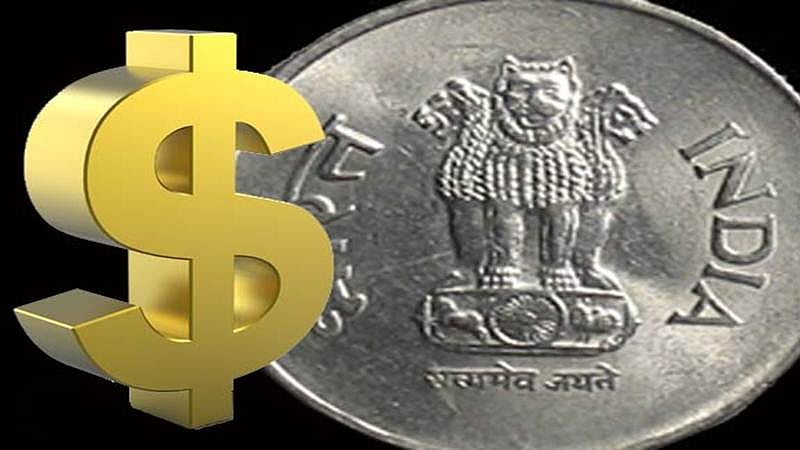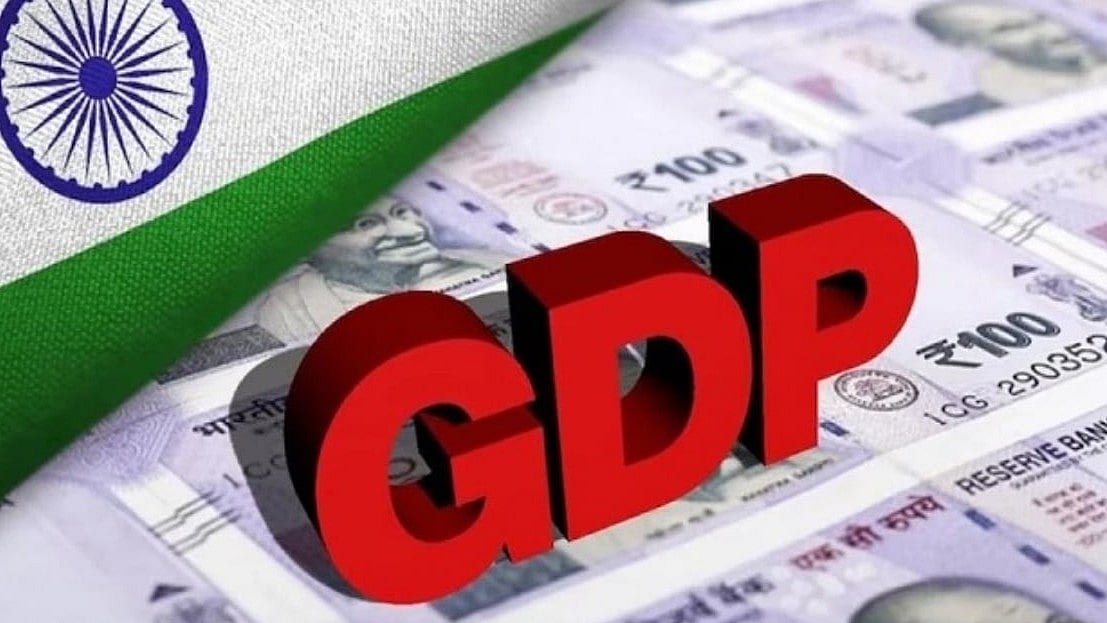In the last fortnight, dovish cues from the central bank and back-to-back auction cancellations had lent a flattening bias to the INR sovereign yield curve.
The 10Y yield (generic) was lower by >20bps to below 6.70 percent, erasing the post-Budget upmove, just as the 2Y yield slipped below sub-4.8 percent. This pullback has run into rough weather, as geopolitical risks drive energy prices higher, and the government reinstates a debt sale this week.
While earlier auctions were likely scrapped owing to a comfortable cash balance, the recent drop in yield could draw authorities back into the market. Reuters cited sources saying that this week’s auction might not be the last for this FY, hinging on market conditions and the available cash buffer.
With an impending jump in bond supply in FY23, yields are expected to harden further.
A sustained bout of high oil prices is a risk to the economy’s inflation (once fuel prices are adjusted post state polls), fiscal and current account math.
Separately, the RBI announced a sell/buy USD/INR swap worth $5 billion (Rs 375 billion) to be undertaken on March 8, i.e., sell dollars and mop-up INR liquidity through a forex swap, entering into a contract to buy the dollars back after two years. This move will help in:
a) liquidity management, ahead of the national insurer’s share sale in March, which is expected to draw in foreign sales. An addition to INR liquidity due to intervention (dollar purchases), can be mitigated to a certain extent by the swap;
b) control INR liquidity and prevent volatile moves in the currency;
c) elongate the maturity profile of the RBI’s forward book (total size $49 billion), bulk of which fall due within 3 months to a year;
d) realise FX gains, thereby potentially boosting RBI’s dividend contribution to the coffers;
e) and, more such swaps might be conducted to either make room for more aggressive FX intervention or create headroom to support the bond markets, without stoking liquidity. However, a downside of such sell/buy swaps is the sharp increase in forward premiums, making it expensive for importers to cover their exposures.
On a related note, we recall that the RBI had conducted two three-year $5 billion USD/INR buy/sell swaps – one each in March and April 2019 – which will be settled in March-April 2022.
(The writer is senior economist, DBS Group Research)









